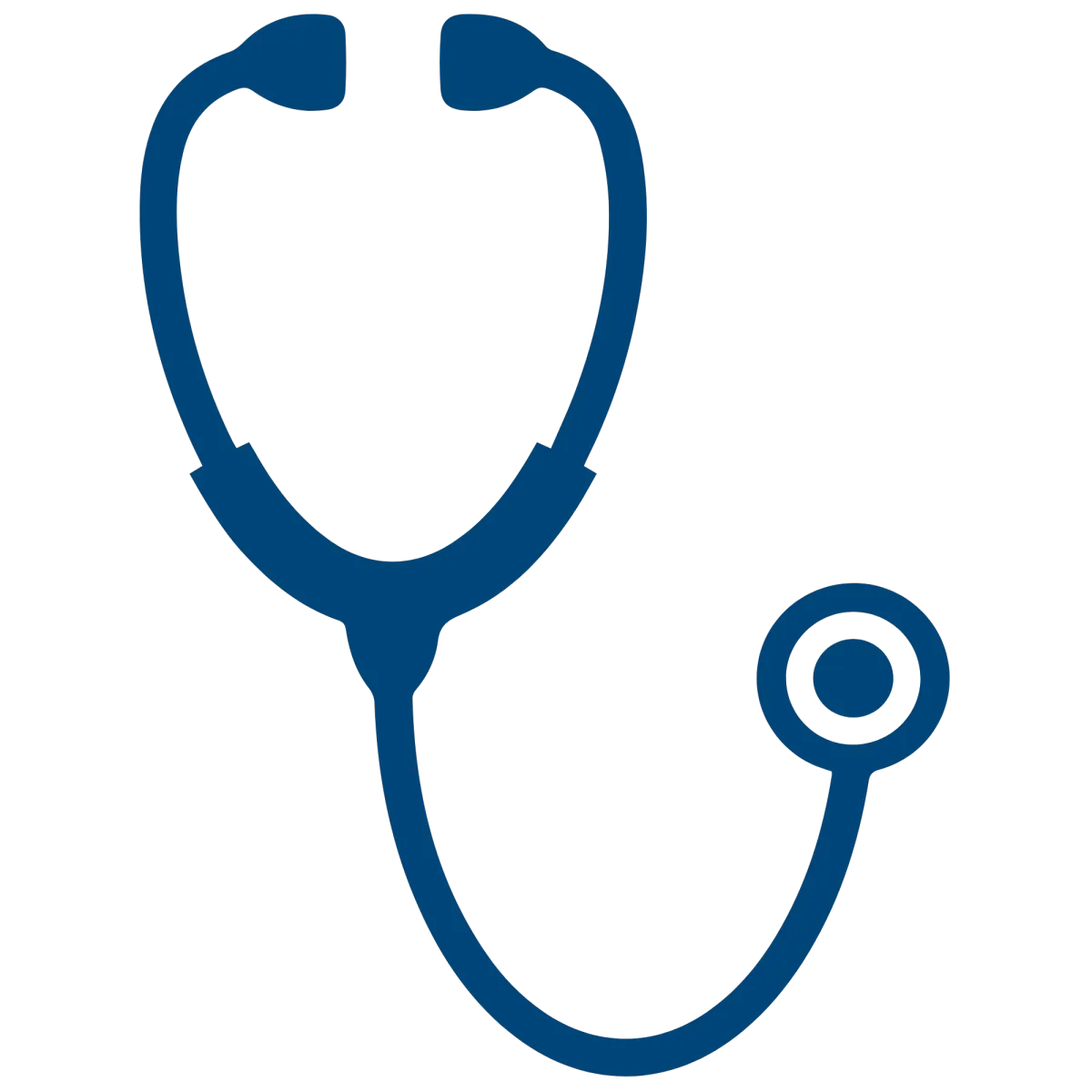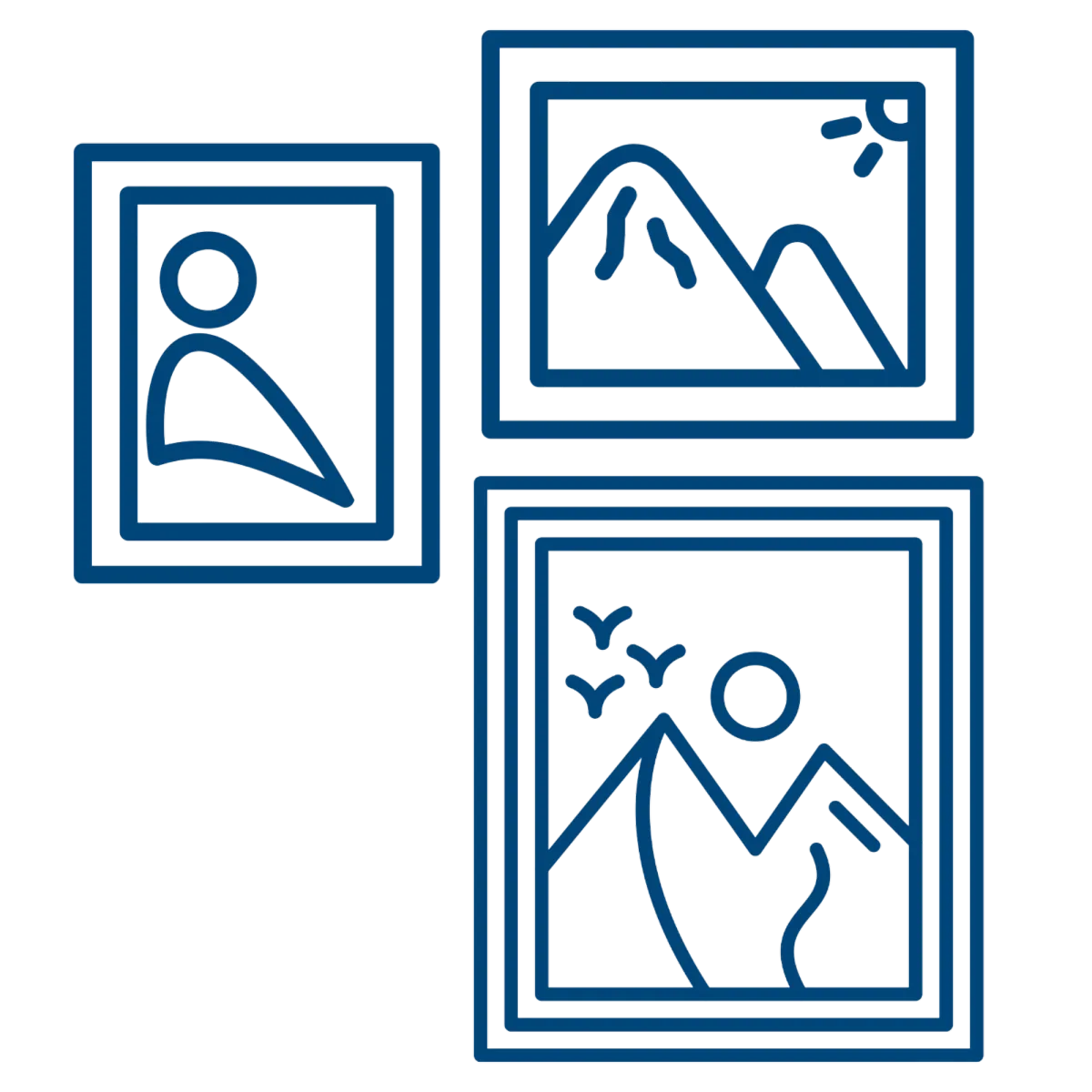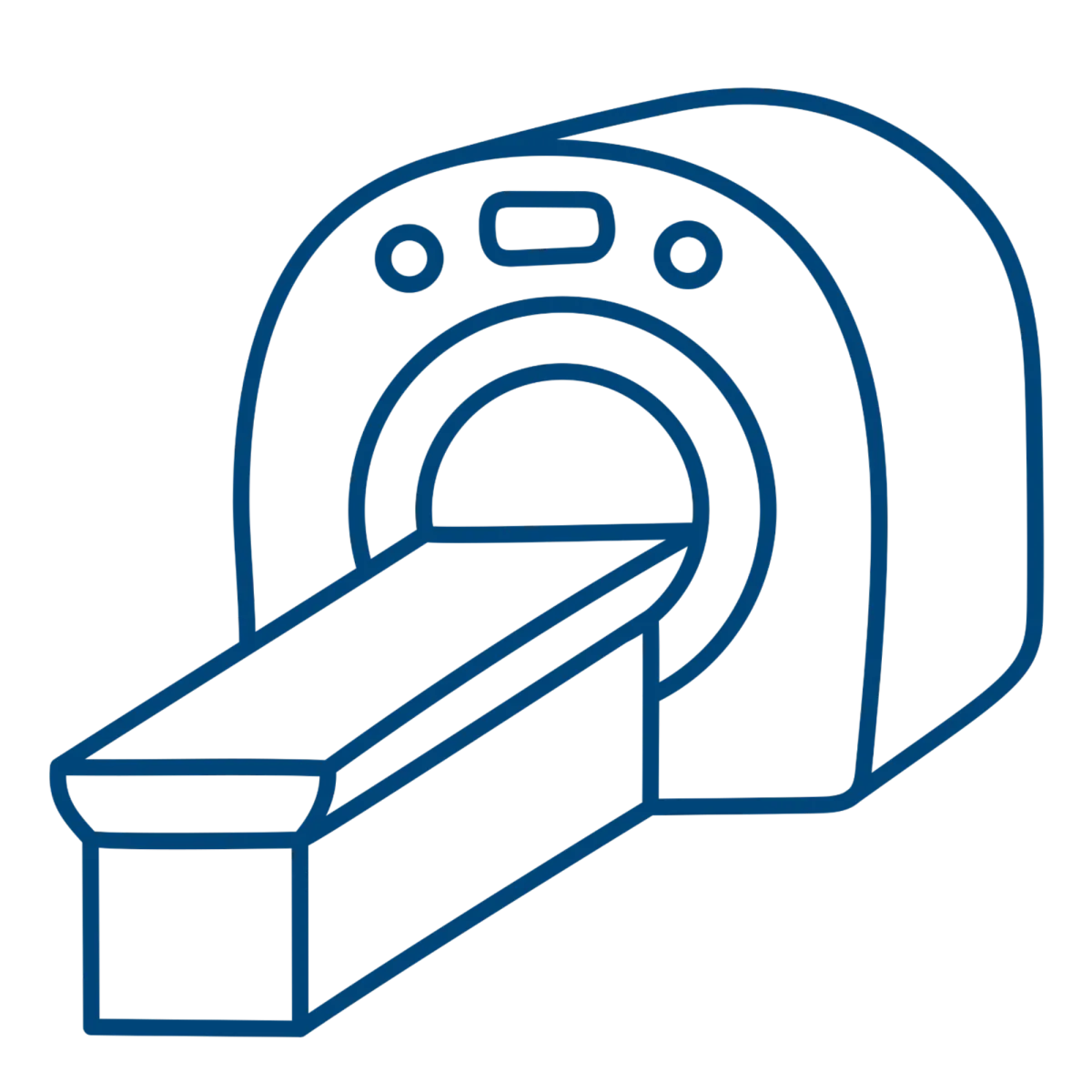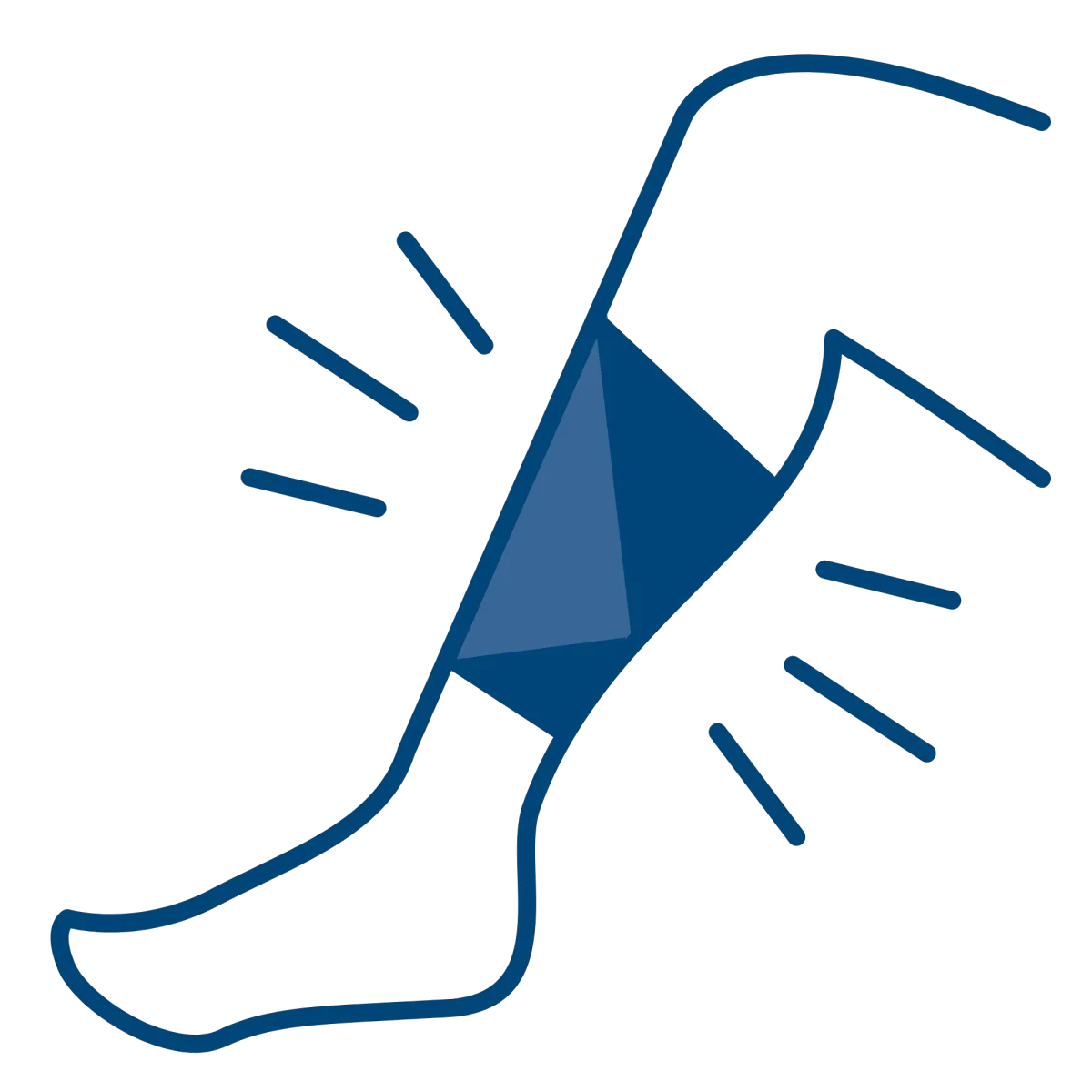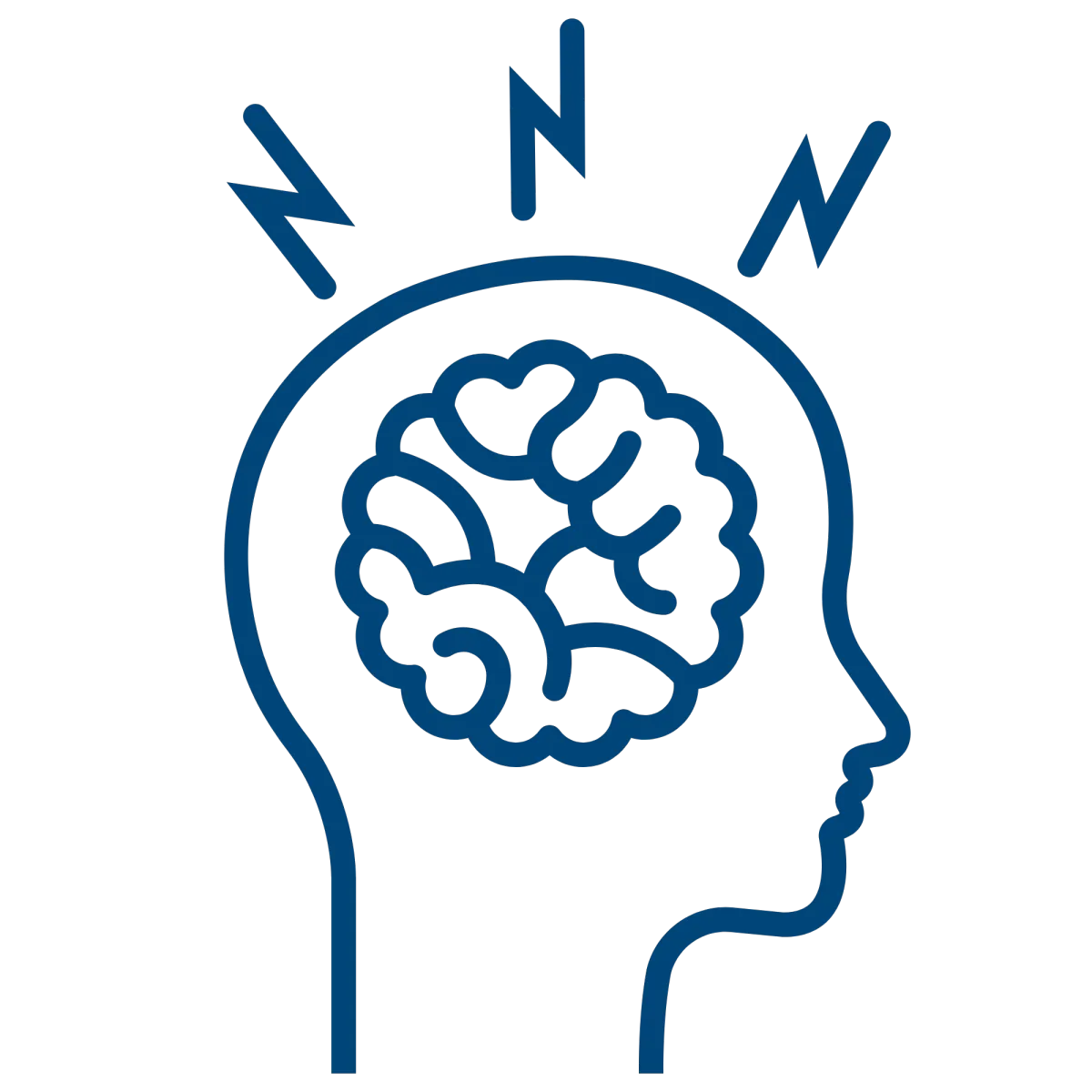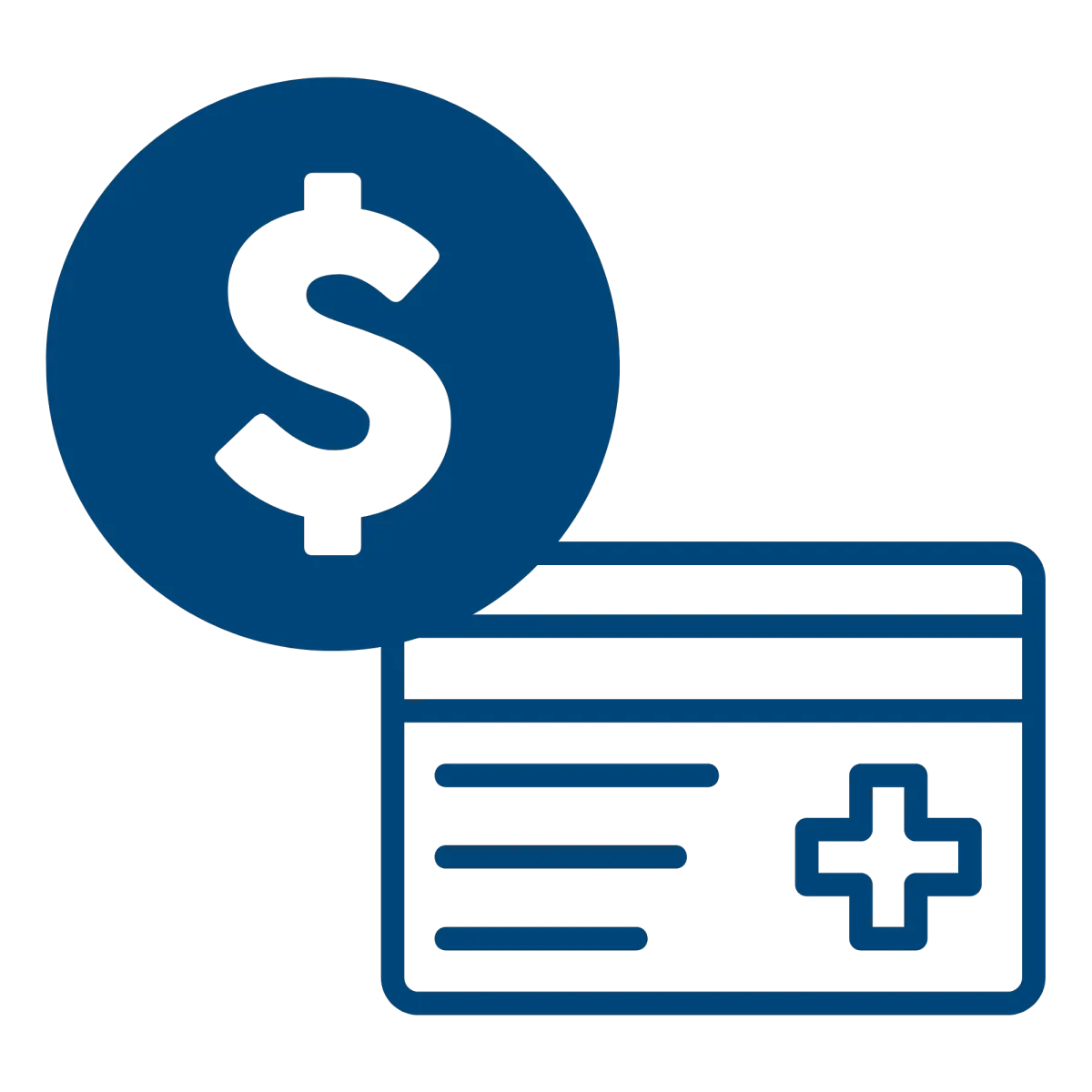PAD / Leg Pain
World-Class Experts
We are the oldest and largest private radiology group in the Omaha/Council Bluffs area, offering patients world-class expertise in the areas of:
- Abdominal imaging
- Breast Imaging
- Musculoskeletal Imaging
- Neuroimaging
- Nuclear medicine/molecular medicine
- Pediatrics
- Trauma
- Vascular and interventional radiology
Reliable Results
The accuracy of your diagnosis largely hinges on three things:
1) the technology of your diagnostic machines,
2) the experience of the person performing your tests, and
3) the specialization and experience of the radiologist who reads your reports
We have you covered with our top-of-the line equipment and the most experienced radiology team in the area.
You're in good hands!
What are non-healing wounds?

PAD/Leg Pain, also called chronic or non-healing wounds, are injuries or sores that do not heal within the expected time frame, often due to complications or underlying health issues.
Conditions of the arteries and veins that reduce blood flow can limit the delivery of oxygen and nutrients necessary to heal a wound. These wounds remain open, may become infected, or show little improvement despite treatment. Conditions like diabetes, poor circulation, or chronic infections can contribute to their persistence.
What are the symptoms of PAD?
Symptoms of PAD/Leg Pain can include:
Persistent Open Sores
Wounds that remain unhealed for an extended period
Chronic Pain
Ongoing pain or discomfort at the wound site
Swelling
Increased swelling around the wound
Discoloration
Changes in the color of the wound or surrounding skin, often appearing red, dark, or purple
Infection Signs
Redness, warmth, and discharge, which may be pus or an unpleasant odor
Delayed Healing
Little or no progress in healing despite treatment
How are non-healing wounds diagnosed?
Non-healing wounds are diagnosed through several key steps:
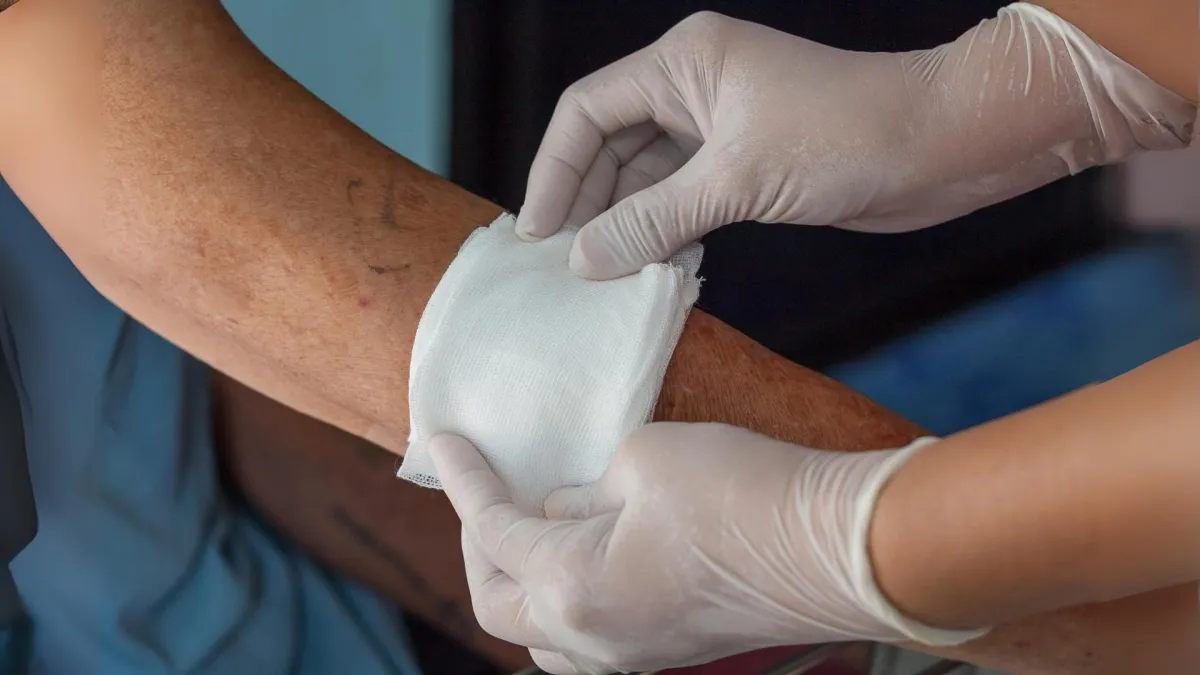
Wound Assessment
Detailed evaluation of the wound, including its size, depth, appearance, and any signs of infection or complications
Laboratory Tests
Blood tests may be conducted to check for underlying conditions such as diabetes, anemia, or infection
Imaging Studies
In some cases, imaging techniques like X-rays, MRIs, or ultrasounds may be used to evaluate deeper structures and detect issues like abscesses or bone involvement
Biopsy
If necessary, a small sample of tissue from the wound may be taken and analyzed to rule out conditions like cancer or other pathologies.
How does MIC treat non-healing wounds?
Non-healing wounds are treated through a multifaceted approach that addresses the underlying causes and promotes healing. Common treatment strategies include:
Wound Care
Regular cleaning, debridement (removal of dead tissue), and appropriate dressing applications to create an optimal healing environment.
Infection Control
Use of antibiotics or antiseptics if infection is present, based on culture results if needed.
Management of Underlying Conditions
Treating conditions such as diabetes, vascular issues, or chronic illnesses that may impair healing.
Pressure Relief
For pressure ulcers, using specialized cushions or mattresses to relieve pressure and reduce friction on the wound.
Nutritional Support
Ensuring adequate nutrition and hydration to support the body's healing processes.
Advanced Therapies
Techniques such as negative pressure wound therapy (VAC), hyperbaric oxygen therapy, or growth factor applications may be used to enhance healing.
Surgical Intervention
In some cases, surgical procedures may be required to remove non-viable tissue or correct underlying structural problems.
About Your Non-Healing Wounds Treatment
Surgical intervention for non-healing wounds typically involves:
Evaluation
The surgeon assesses the wound and plans the best approach
Debridement
Removal of dead or infected tissue to clean the wound
Wound Repair
Techniques such as skin grafts (placing healthy skin over the wound) or flap surgery (moving nearby tissue to cover the wound) are used to help the wound heal
Addressing Underlying Issues
Treating any conditions that may affect healing, like poor circulation
Post-Surgery Care
The wound will need to be monitored, cleaned, and dressed regularly to prevent infection and promote healing
Rehabilitation
Additional therapy may be needed to support recovery and ensure the best outcome
This approach aims to remove barriers to healing, restore tissue, and improve the wound's appearance and function.
Varicose
Veins
Pelvic
Pain
Non Healing Wounds
Plantar
Fasciitis
Uterine
Fibroids
Benign Prostatic Hyperplasia
Services
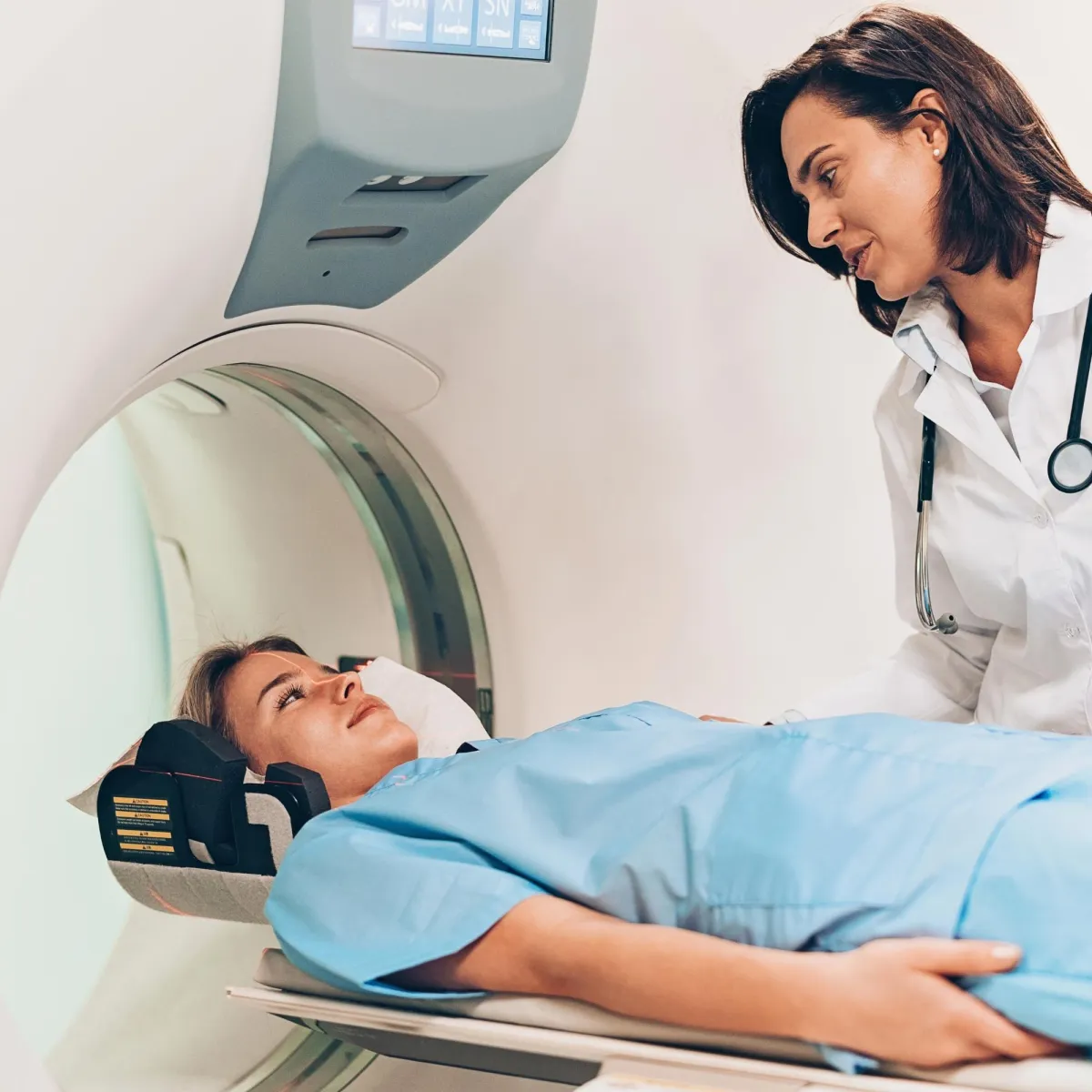
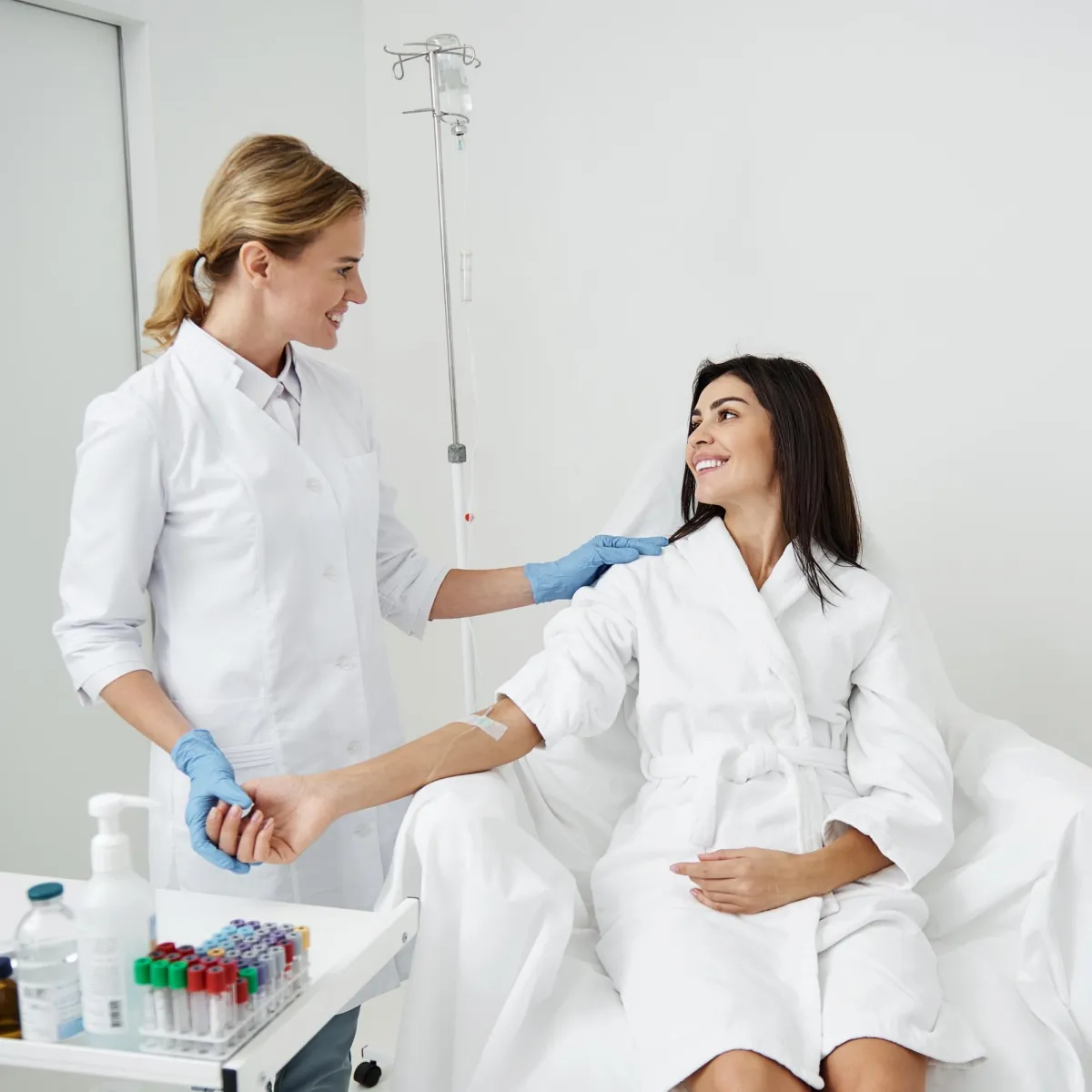

CT Scan
Minimally Invasive Therapies
Molecular Medicine


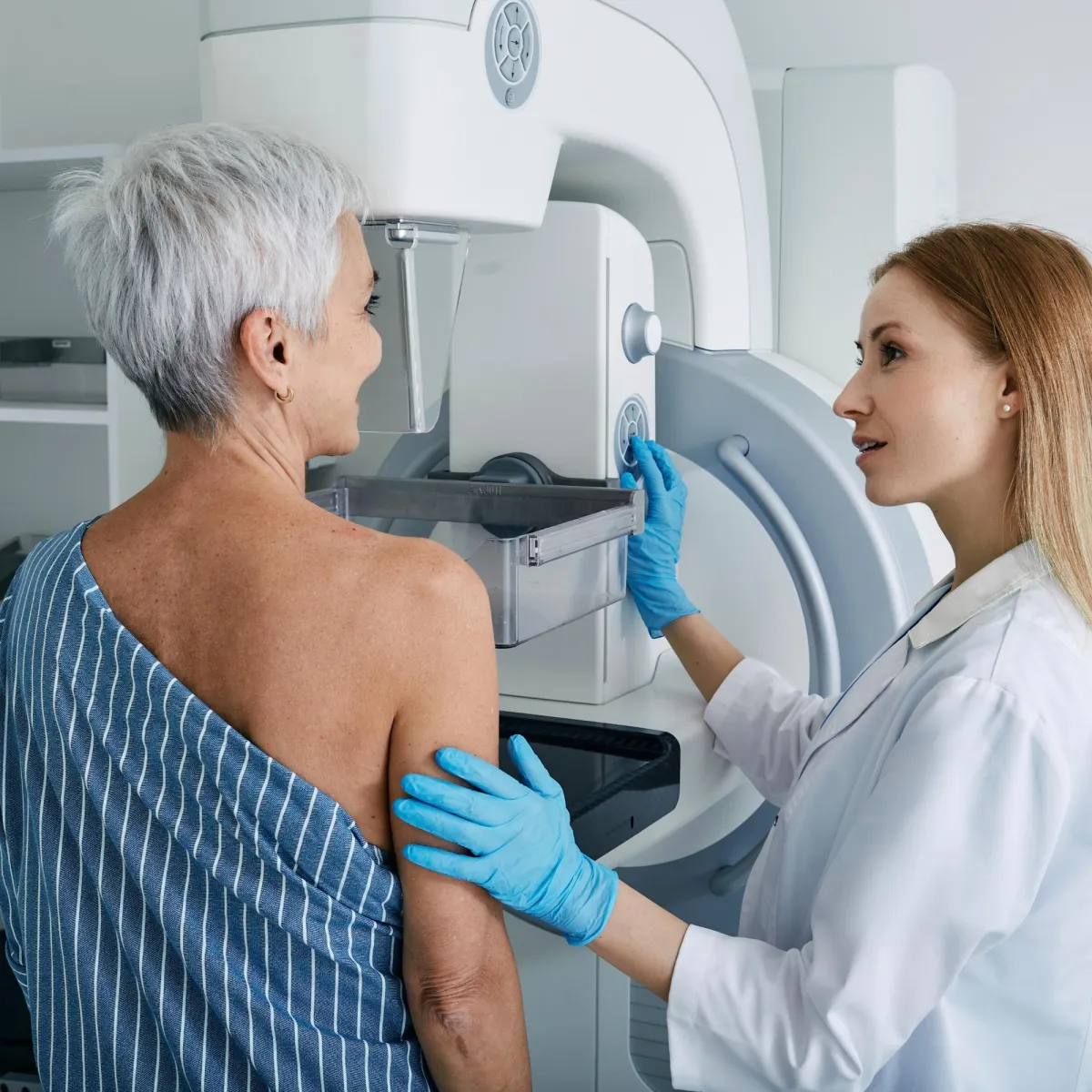
MRI
Ultrasound
Women's Imaging
M-F: 8:00am-5:00pm
Extended Hours Available
Upon Request

